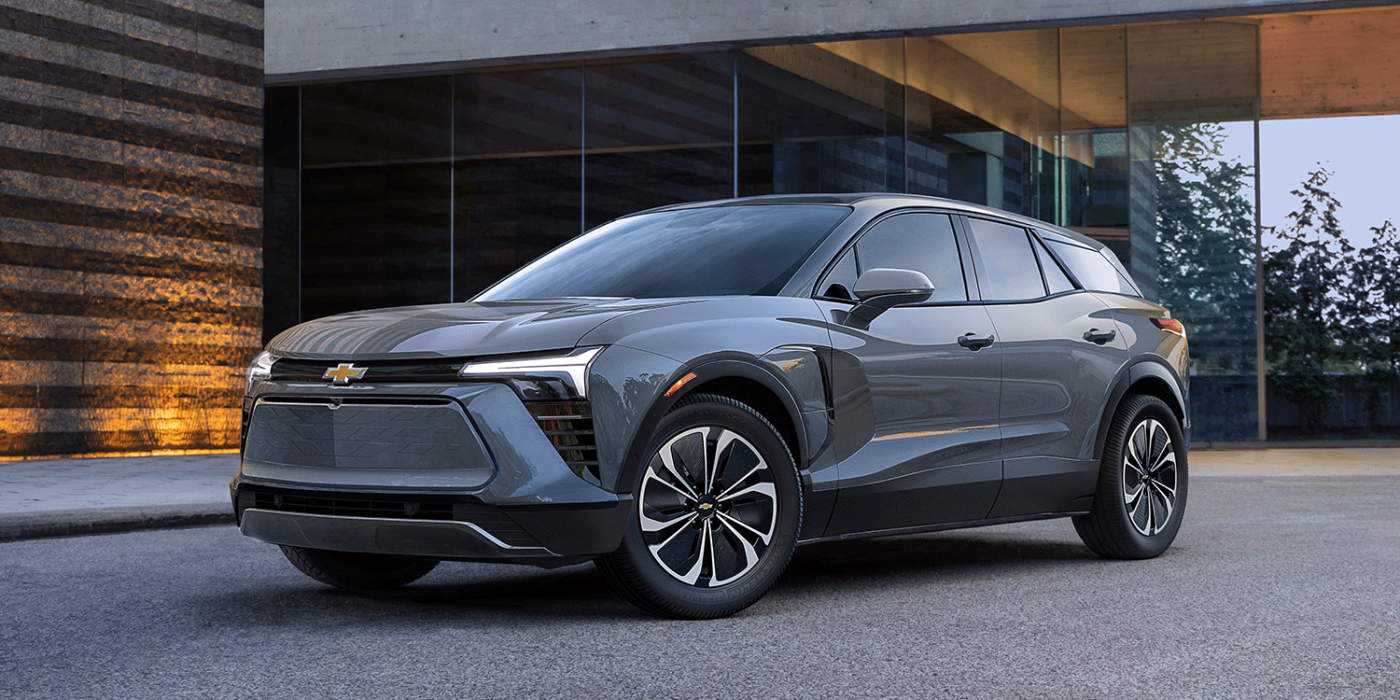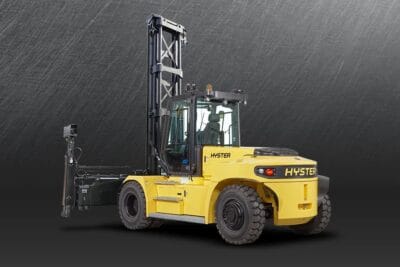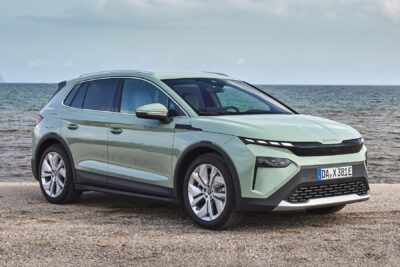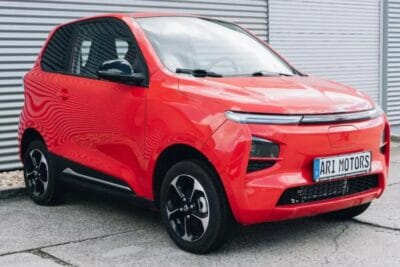US government publishes detailed funding conditions
The US Treasury Department has released the long-awaited conditions that electric vehicles must meet to qualify for tax incentives of up to $7,500 under the Inflation Reduction Act (IRA). There are no big surprises – though the eligibility of many EVs will be decided elsewhere.
The rules apply to vehicles registered on or after 18 April 2023. To qualify for half the tax credit ($3,750), 40 per cent of the battery’s critical minerals must be extracted, processed or recovered in the US or in a country with which the US has a free trade agreement. That level will gradually rise to 80 per cent by 2027 – specifically, by ten percentage points each year. In other words, it will be 50 per cent in 2024. However, the broad outlines of this were already known.
What is new in the Notice of Proposed Rulemaking (NPRM) are the regulations on how this percentage value is to be determined. It will be a three-step process: determining the procurement chains, identifying “qualifying critical minerals,” and finally calculating qualifying critical mineral content.
Also important: The NPRM suggests which countries will be accepted as source countries since the term “free trade agreement […] is not defined in statute.” The list includes Australia, Canada, Mexico and lithium-rich countries such as Chile and Bolivia. However, Indonesia, a major nickel exporter, and European countries are not yet included.
In the case of Europe, negotiations for a critical minerals agreement are still ongoing. The outcome of these talks will thus have an enormous impact on the eligibility of EVs whose battery materials were processed in Europe. Japan, for example, is already on the list following the conclusion of such an agreement.
All battery components must be assembled in North America from 2029
The other part of the tax credit requires that at least 50 per cent of the vehicle’s battery components be manufactured or assembled in North America in 2023. This percentage increases successively to 100 per cent by 2029 – again by ten percentage points per year, but 60 per cent is stipulated for both 2024 and 2025 as an exception. From 2027, the rate will then rise by a constant ten percentage points per year. In general, only electric vehicles with a retail price of $55,000 (passenger cars) or $80,000 (SUVs, pickup trucks and vans) are eligible.
The NPRM proposes a four-step process in this case: 1) identifying battery components manufactured or assembled in North America, 2) determining the incremental value of each battery component, including North American battery components, 3) determining the total incremental value of battery components, and 4) calculating the proportion by dividing the results of steps 2 and 3.
“Beginning in 2024, an eligible clean vehicle may not contain any battery components that are manufactured by a foreign entity of concern and beginning in 2025 an eligible clean vehicle may not contain any critical minerals that were extracted, processed, or recycled by a foreign entity of concern,” the US Treasury Department writes in its statement.
As of 18 April 2023, the department will publish a list of eligible vehicles with their respective tax credit amounts. Ultimately, it is possible that a vehicle may only meet a portion of the requirements.
The reform of the US tax credit for electric cars as part of the Inflation Reduction Act already went into effect at the turn of the year. The final conditions were initially expected in 2022. Shortly before Christmas, however, it became known that the criteria around the origin of the battery would not be published until March – and the US government also made full use of this time frame, releasing the rules on the last day of the month.





0 Comments